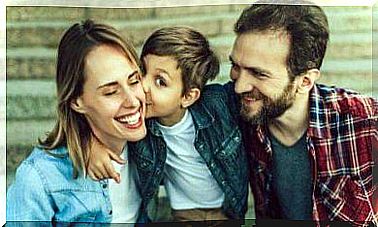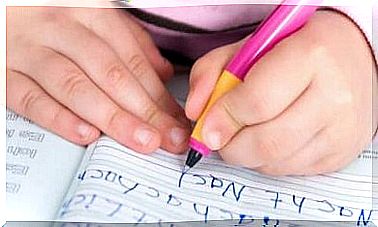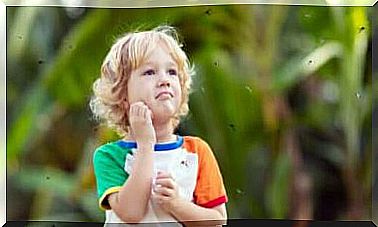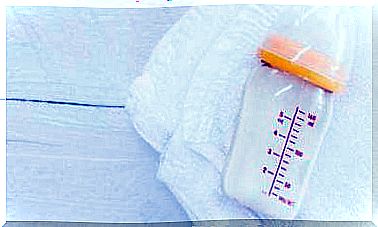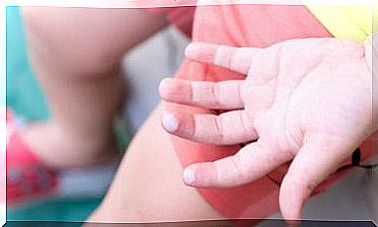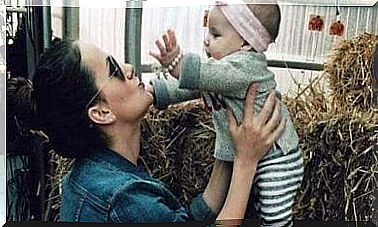The Finnish KiVa Method Against School Bullying – Being Parents
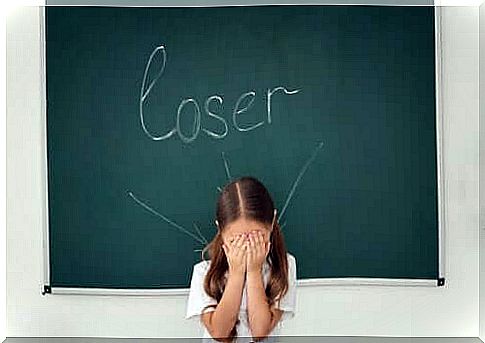
The KiVa Method is a program designed in Finland to reduce bullying among pupils aged 7 to 15. The program includes 10 lessons given by a teacher throughout the school year. The whole thing is accompanied by video games in a virtual learning environment.
School bullying is a common problem that has serious consequences for victims. Thus, schools are strongly encouraged to implement both school-wide preventive measures. But also repressive measures to deal with proven cases of intimidation.
For many children, bullying is a terrible continuing pain. Cases of bullying are most often accompanied by physical violence and a feeling of great moral exhaustion. Even the most resilient children can find it difficult to cope. Such bullying can also lead to depression, anxiety and health problems.
To combat bullying at school, Finland has developed a method. This is what it is about.
What is the KiVa method against school bullying?
First of all, let’s remember that Finland has one of the best performing education systems in the world. It is therefore not surprising that this Nordic country has pioneered the implementation of a school bullying prevention program.
The school bullying program is called KiVa. It means “against bullying” in Finnish. This is a bullying prevention program developed at the University of Turku, Finland. This program is now applied in many schools around the world.
The method includes many different resources. It offers tools for teachers and parents, as well as classroom lessons. It can also help reduce depression and increase the self-esteem of children who have been the victim of bullying in school.

The KiVa method involves all stakeholders
The KiVa method actively involves both the school and the parents. It is thus based on a multi-level approach. And this, in order to address the individual aspects, but also the collective aspects of the class and the school. The study program consists of 10 lessons taught for 20 hours by the teachers.
Each lesson is built around a central theme and a rule is associated with that theme. Following the lesson, the class adopts this rule as the class standard. At the end of the year, all the rules are brought together in a single contract, which is then signed by all the students.
Teachers
In addition, a program manual for teachers provides them with guidelines and the time they should devote to each topic. Schools have the flexibility to decide how to organize the school year around these themes.
The victims
One of the most interesting aspects of the program is teaching children who witness school bullying how to react. This is because teachers are not always there when the bullying takes place. However, other students are often present. They can then act.
The group
For this reason, it is very important that children are aware of this scourge in order to have the keys to act and stop the bullying ipso facto. The KiVa method involves conveying empathy to the victim’s classmates through simulations and video games. This allows them to realize the consequences of certain actions.
Children are therefore encouraged to think about what they would do in certain situations. They also receive advice in this direction. The program leads them to have more empathy for the victims of bullying and to feel more solidarity with them.

What are the objectives of this method against bullying at school?
The KiVa Method fights bullying and bullying and has been designed for national use in Finnish secondary schools. Beyond seeking to reduce bullying, the main objectives of the program are as follows:
- First, make students aware of the role of the group in cases of bullying at school.
- Increase empathy towards victims.
- Promote strategies to support the victim and encourage students to use these strategies.
- Finally, provide victims with the means to respond adequately to the problem of bullying at school.
Finally, the KiVa approach to school bullying advocates that changing group behavior can reduce cases of school bullying. Indeed, it is the group which values or not the harasser.
The effectiveness of the KiVa methodology finally demonstrates that empathy is one of the best tools available to young people to make the world a better place. And this, even at a young age.
